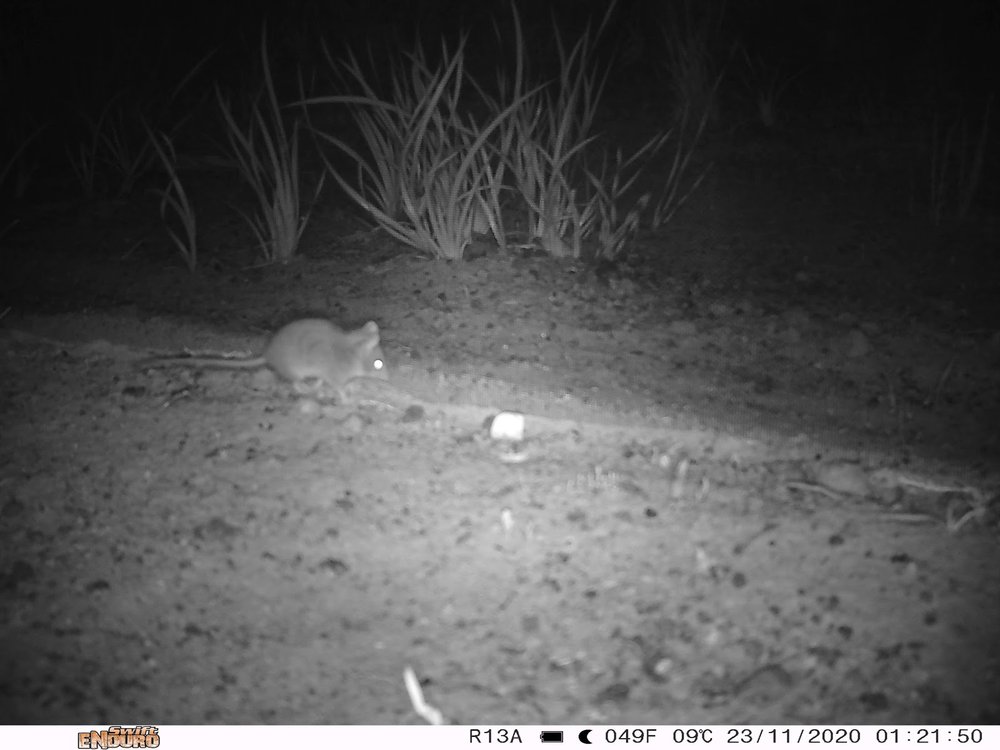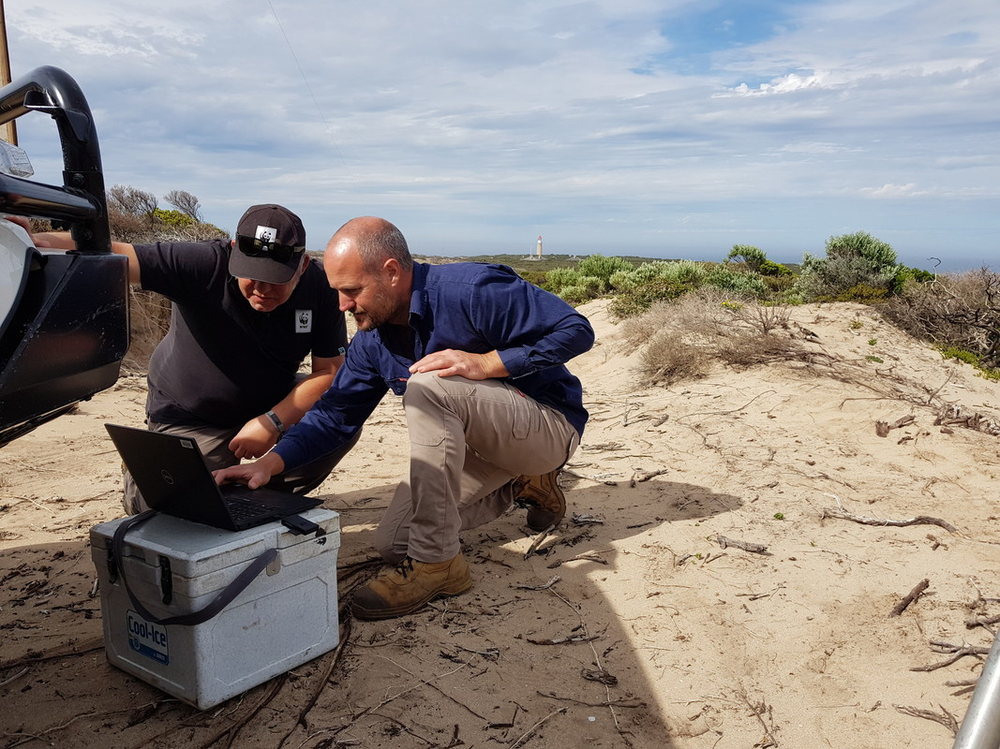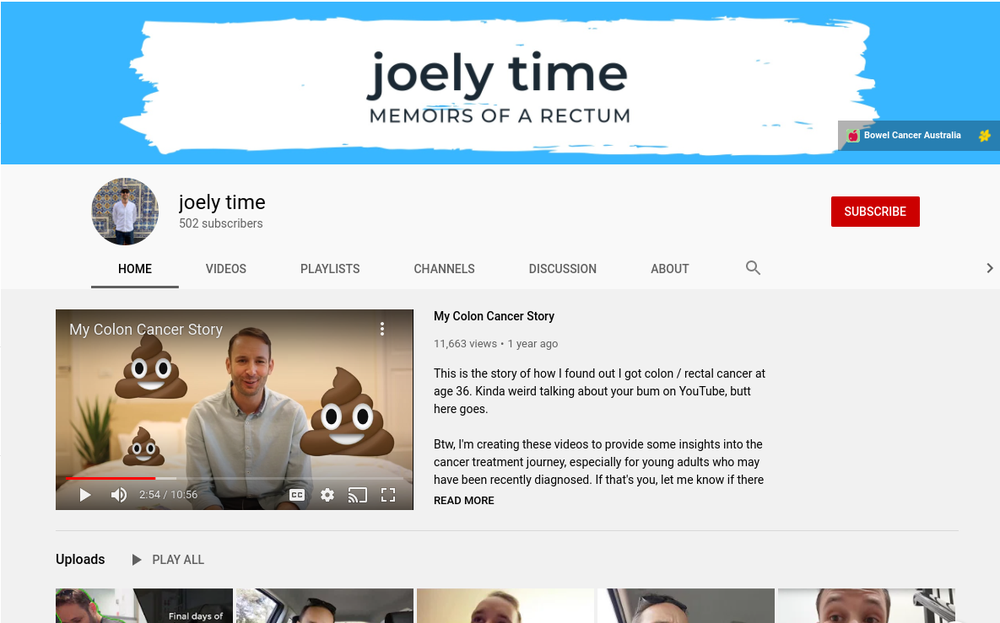The Australian Government has introduced its News Media Bargaining Code into Parliament.
Unfortunately, while the Government has made some changes, the legislation still falls far short of a workable Code. As the legislation goes to a Senate committee for inquiry, it has serious problems that need to be worked through.
The Code has changed—but still isn’t workable
Since the plan for a mandatory code was first announced in April 2020, we’ve engaged closely with the Government and the Australian Competition and Consumer Commission. We’ve explained consistently why earlier versions of the Code weren’t workable for Google or the people who use our services. And we’ve set out options to fix the most significant issues. We’ve said we’re willing to invest in a strong future for the news industry and made concrete progress on a new approach to doing that globally, through Google News Showcase. We’ve agreed that commercial negotiations are the best option for securing this investment, and that a form of binding arbitration within the Code could be a reasonable backstop — so long as that arbitration model is fair.
However, after months of consultation, the latest version of the Code is still unworkable:
- It forces Google to pay to show links in an unprecedented intervention that would fundamentally break how search engines work. No website and no search engine pays to connect people to other websites, yet the Code would force Google to include and pay for links to news websites in the search results you see. This sets the groundwork to unravel the key principles ofthe open internet people use every day—something neither a search engine nor anyone who enjoys the benefits of the free and open web should accept.
- It requires us to give news publishers special treatment—14 days’ notice of certain changes to algorithms and ‘internal practices’. Even if we could comply, that would delay important updates, drive up operating costs, and mandate special treatment to news publishers in a way that would disadvantage everyone else.
- It imposes an unfair and unprecedented baseball arbitration model that considers only publishers’ costs, not Google’s; incentivises publishers to make ambit claims and resort to arbitration rather than good-faith negotiations; assumes that the internet has never required payments for links because of ‘bargaining imbalance’; and requires the decision-maker to choose a single ‘final offer’.
We’ve identified these issues repeatedly during the consultation process because they would do serious damage to the fundamentals of our services — the reasons Australians choose to use Google in the first place. They would replace a search engine model that’s built to serve everyone with one skewed to the interests of one type of business only.
There is still a path to a workable Code, with reasonable changes
We’re still fully committed to getting to a version of the law that’s workable—a Code that meets the Government’s key objectives, regulates digital platforms smartly and strengthens Australia’s news industry, while preserving the Google services Australians use every day. And we see a clear pathway to getting there.
Investing in journalism through Google News Showcase
Our objections aren’t about the principle of paying to support journalists—but how we do that matters. Instead of requiring payment for linking to websites—changing the basic principle that makes Google Search and the internet work—we have proposed a model where Google would pay Australian news businesses through Google News Showcase: our AU$1.38 billion (US$1 billion) commitment to partner with publishers around the world on a new way of presenting and promoting news online.
This program, designed to drive traffic, lift subscriptions, and generate revenue for publishers, remains on hold in Australia until we can be sure that the final Code is workable.
Making it available here would enable normal commercial bargaining between publishers and platforms based on comparable market rates. We would be paying for publishers’ editorial expertise and for beyond-the-paywall access to news content for users—not for links to news content. Of course, News Showcase would still be subject to a Code, and backstopped by a standard commercial arbitration model.
Changing the arbitration model to one that’s standard and fair
To ensure that both publishers and platforms can negotiate fairly, we propose a standard commercial arbitration model for deals on News Showcase, one that would let arbitrators look at comparable transactions, rather than just looking at only one side’s costs.
The changes made to the Code’s arbitration model don’t resolve its inherent problems or meet the Government’s stated objective of setting up a bargaining system that “allows both parties to bargain in good faith and reach binding agreements”. The current model still isn’t based in commercial reality. Ultimately, by imposing final-offer arbitration with biased criteria, it encourages publishers to go to arbitration rather than reaching an agreement. Arbitration has been touted as a “last resort”—but the Government’s own explanatory materials seem to contradict this, suggesting 75 percent of negotiations under the Code will end up in arbitration (and according to the Government this is a conservative estimate).
And while the Code professes to recognise the value Google Search provides to publishers, in fact it encourages publishers to argue that arbitrators should disregard that value. It does this by allowing the arbitrator to consider a hypothetical scenario in which there is no Google Search and yet publishers receive the same amount of traffic, just from other sources. This scenario—laid out in the explanatory materials— invites unfair outcomes based on speculation rather than evidence.
Amending the algorithm notification provision so it’s feasible
As we’ve said, this provision could be amended to require only reasonable notice about significant actionable changes.
While we recognise that the Government has made tweaks to this provision, it’s still not feasible for Google or consistent with our ability to offer quality services. We make thousands of algorithm updates every year, so providing 14 days’ notice of any significant changes to algorithms or “internal practices” in the way the Code prescribes just isn’t workable. This provision also continues to put every other business that relies on Google Search at a disadvantage, all to benefit one group of businesses—news publishers.
Limiting this to only actionable algorithmic changes would mean providing notice there is something for news publishers to do to respond to the change, like making sure their websites are mobile-friendly or paying attention to how fast they load for users.
Getting this Code right matters.
It doesn’t just affect Google as a business—it affects the free services and tools we provide to 20 million Australians and more than a million Australian businesses, the 117,000 jobs we support across the country, and the $35 billion in business benefits we create annually for the Australian economy.
Those high stakes are why we’ll continue to stand firm where the Code threatens the fundamentals of our services. But we strongly believe that with the practical changes we’ve outlined, there is a path forward. As we enter this new stage of the process, we’ll keep engaging constructively with the Government, Members of the Parliament, the news industry and the ACCC, so we can get to a final Code that works for everyone: publishers, platforms, and all Australians.
Facts about the Code and Google
Fact 1: Paying for links breaks how search engines work.
Search engines are based on a simple principle: anyone can create information online and choose whether it can be found through search engines—and anyone can search for that information freely. The results show up as a series of links and brief snippets of information, giving you an idea of your options before you decide whether to click through. If you do click through, you leave Google to spend your time and money with that website, whether it’s an airline, a bank, a news publisher or any other kind of business.
The Code threatens to unravel these very principles by requiring Google to pay to link. This is an unprecedented intervention that misunderstands how the web works and has huge implications not just for search engines but the internet as a whole. You don’t have to pay when you share a link to something with a friend, and no website or search engine pays to connect people to other sites through links.
While advertisers can pay to be displayed in clearly marked sections of the search results page, no one gets paid for appearing in Google Search. People choose to allow their webpages to be included in Google Search because it benefits them. Introducing forced payments on any type of website undermines how search engines operate, and undercuts the principle of the open web, which was built on the freedom for websites to link to each other without advance permission. That's what enables us to offer the search results you use every day. Breaking this principle is something we can't accept.
Fact 2: Google links to news, we don’t ‘use’ it or ‘publish’ it.
Google doesn’t “use” news content—we link you to it, just like we link you to every other page on the web, from Wikipedia entries to personal blogs or business websites. We sort through hundreds of billions of webpages to find the most relevant, useful results, and present them in a way that helps you find what you’re looking for—and then we give you the option of going to the source of that information.
We sent more than 3 billion clicks and visits to Australian news publishers in 2018—for no charge—allowing these publishers to make money by showing their own ads, having readers click through to other articles, or converting people into new paying subscribers.
Fact 3: News websites have a choice whether and how to appear in search results
Most websites want people to find their content in Google Search results. But if a news site (or any other website) doesn’t want to show up in those results, or wants to control what people see on Google, they can choose to do so— regardless of whether their site is paywalled or free to view.
Fact 4: Google hasn’t ‘taken’ ad revenue from newspapers
Newspaper revenues have fallen primarily because of the loss of revenue to online classifieds businesses such as Domain, Realestate.com.au, Carsales and Seek–some of which are owned by news businesses themselves. An AlphaBeta analysis found that 92 percent of the decline in newspaper revenue between 2002 and 2018 was from the loss of classified ads, and most of these classified revenues went to specialist online providers that target niches such as job advertisements, second-hand goods, or real estate listings. Almost none of that revenue went to Google. Meanwhile, AlphaBeta's analysis also showed that the growth of Google's revenues was primarily from new money being spent by businesses that would previously not have spent money on advertising.
Fact 5: Google News Showcase enables productive commercial relationships between Google and Publishers— including in Australia.
We announced News Showcase in October this year, as part of a AU$1.38 billion (US$1 billion) global commitment—our biggest to date—to partner with publishers in support of the future of news. Some large Australian publishers have said it’s not possible to have any fair negotiations with Google, but the initial response to Google News Showcase shows that’s not true. So far, more than 400 publications around the world have signed commercial deals with Google. Through these partnerships, publications globally are already receiving payments to curate high-quality content. We know that many Australian publishers also see this model as an attractive option, because they were among the first in the world to sign agreements before the draft Code was published.
Fact 6: ‘Baseball arbitration’ is an extreme way of resolving disputes.
Final-offer or ‘baseball’ arbitration is usually put in place when there isn’t much scope for dispute over the price of the product or service being discussed. Under the News Media Bargaining Code, the two sides would clearly have very different ideas of what the price should be. Asking an arbitrator to pick a ‘final offer’ is an extreme way of resolving that, opening up the possibility of massive ambit claims that don’t reflect commercial reality.
In practice, baseball arbitration often fails. Independent economists have raised questions about its effectiveness in this context. It is also likely to incentivise the majority of publishers to take their chances in arbitration rather than coming to a commercial agreement. As the Government’s explanatory materials state on page 58 (2.12), “75 per cent of bargaining processes will ultimately proceed to arbitration. This is a conservative estimate.”
If baseball arbitration was put in place here, particularly in combination with the Code’s other unfair arbitration factors, it could create huge uncertainty and risk for our business — risk that no rational business would accept.
Standard arbitration is recognised by regulators and businesses as an established and effective standard. It’s a common model used by businesses across Australia because it reflects commercial reality. It’s a better, fairer way forward than baseball arbitration.
Fact 7: A two-way value exchange model was initially proposed by the ACCC.
The ACCC said two-way value exchange should be included in the Code on page 12 of its initial Concepts Paper, released in May 2020. We estimated the value Google provided to publishers by sending Australian users to their sites at around $218 million in 2018.
As we’ve outlined, the changes to the Code’s arbitration model do not solve its inherent problems or make it fair. It still only considers news businesses' costs and ignores Google’s costs, including the more than 1,000 person-years that have gone into developing the Google Search algorithm or the approximately AU$1 billion we invest every year in our Australian operations.
Fact 8: Google is a major contributor to Australia’s economy.
In addition to the $1 billion we invest in Google’s Australian operations annually, our search advertising and other platforms generate more than AU$35 billion in business benefits for more than one million Australian businesses. During COVID-19 we’ve helped more than 1.3 million Australian businesses stay connected with their customers. We also contribute through taxes. In the 2019 calendar year, Google Australia paid AU$59 million of corporate income taxes on a pre-tax profit of AU$134 million. And we support 117,000 jobs in Australia, including 1,800 jobs within Google and 116,200 across the wider economy.




